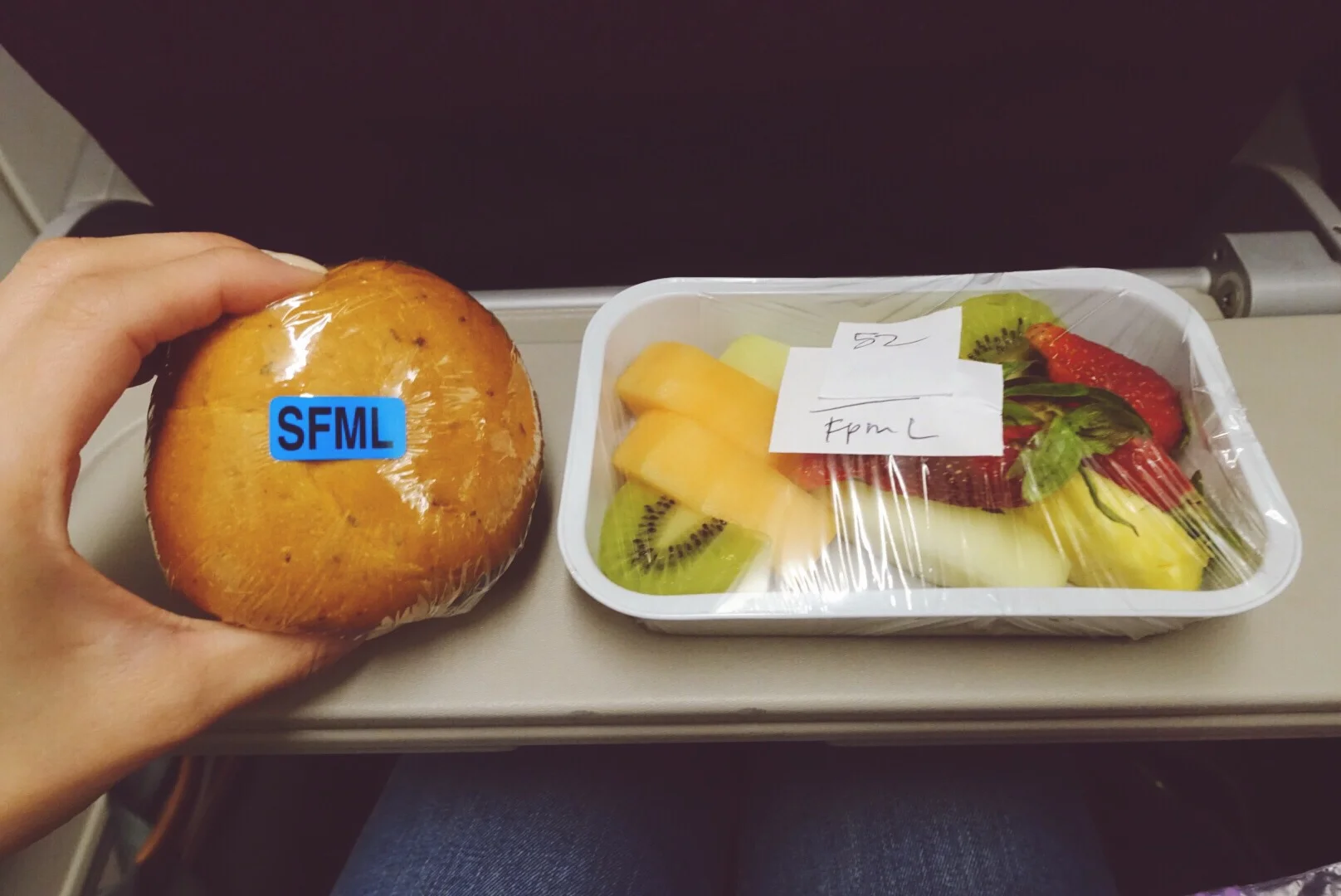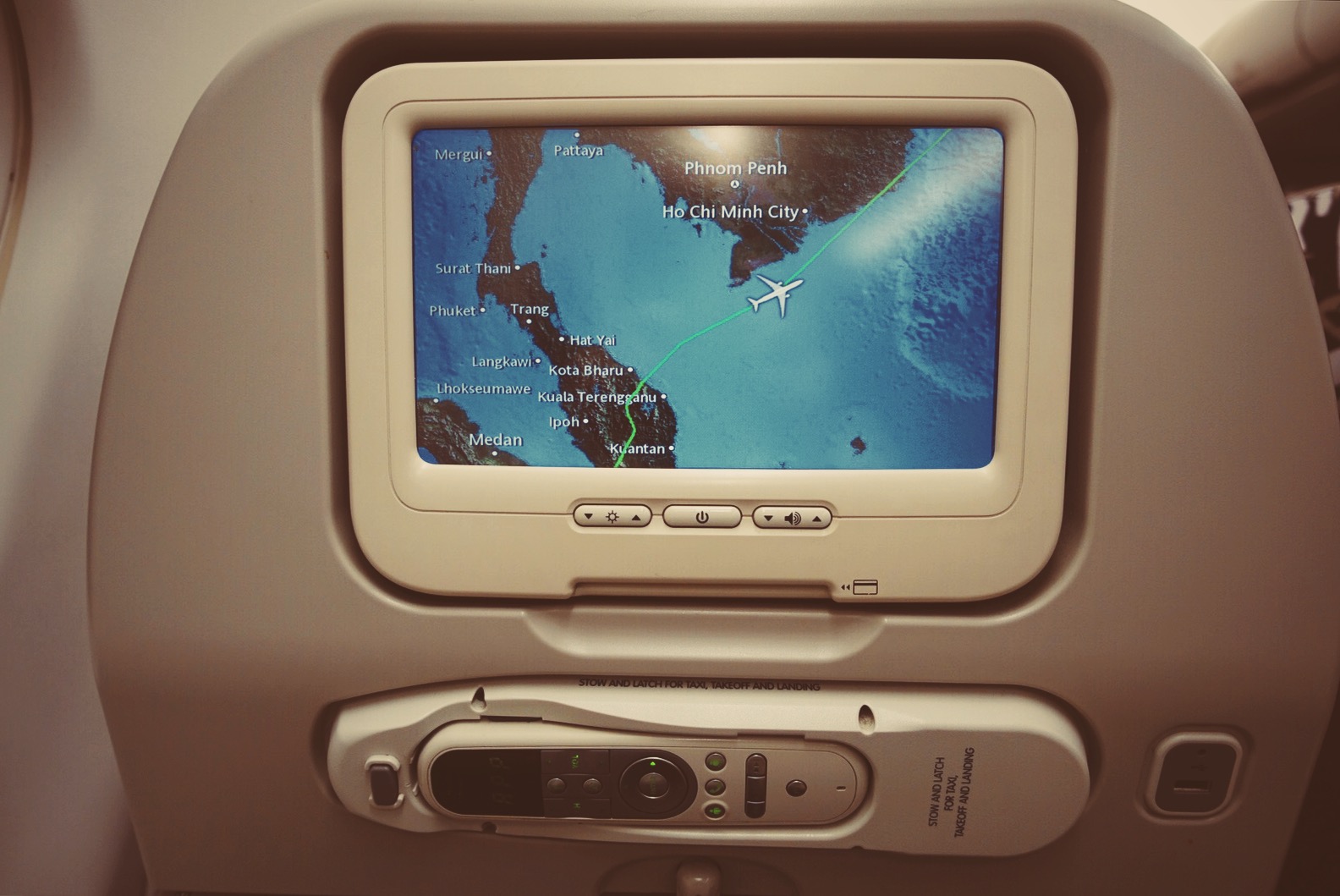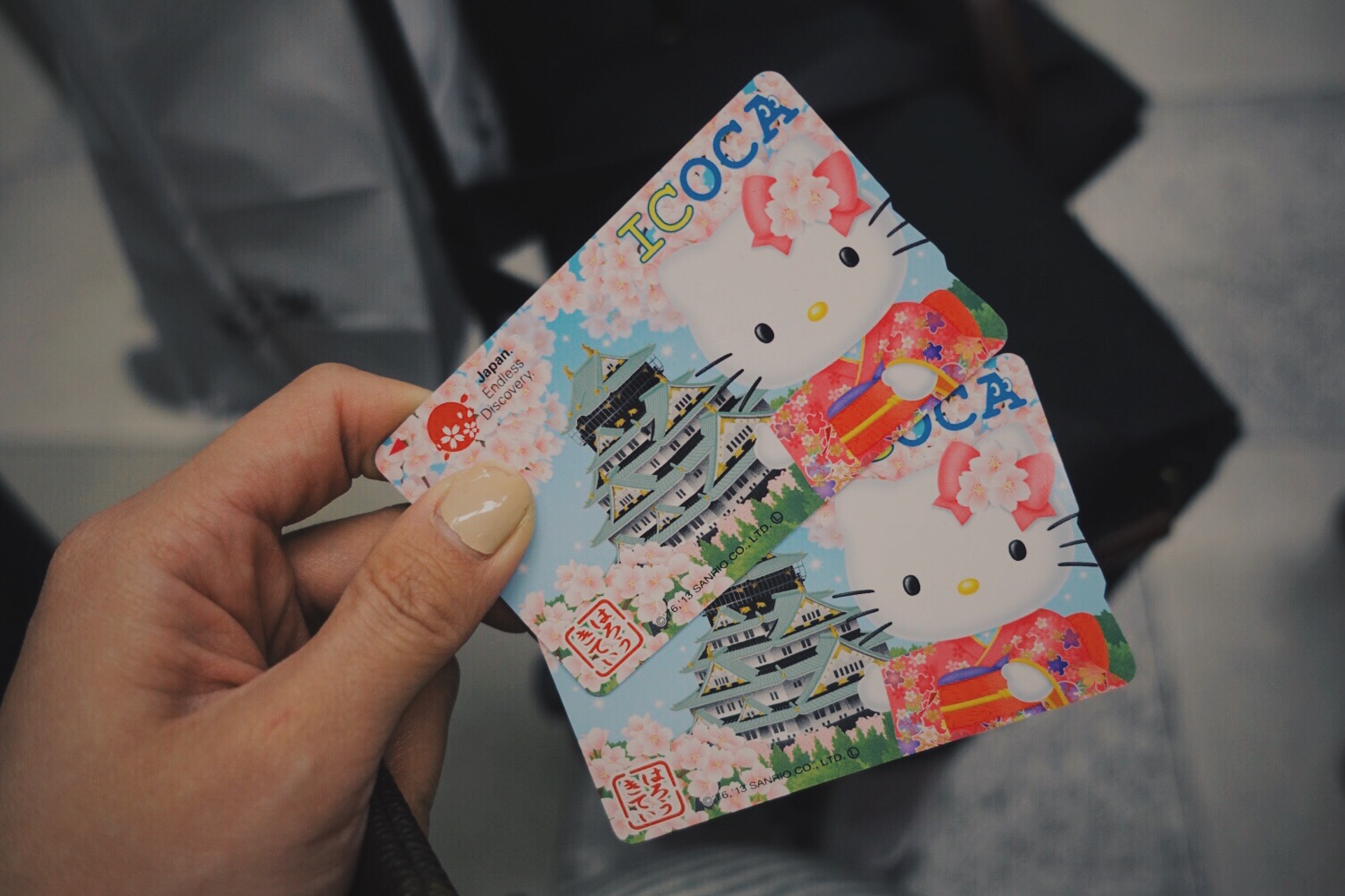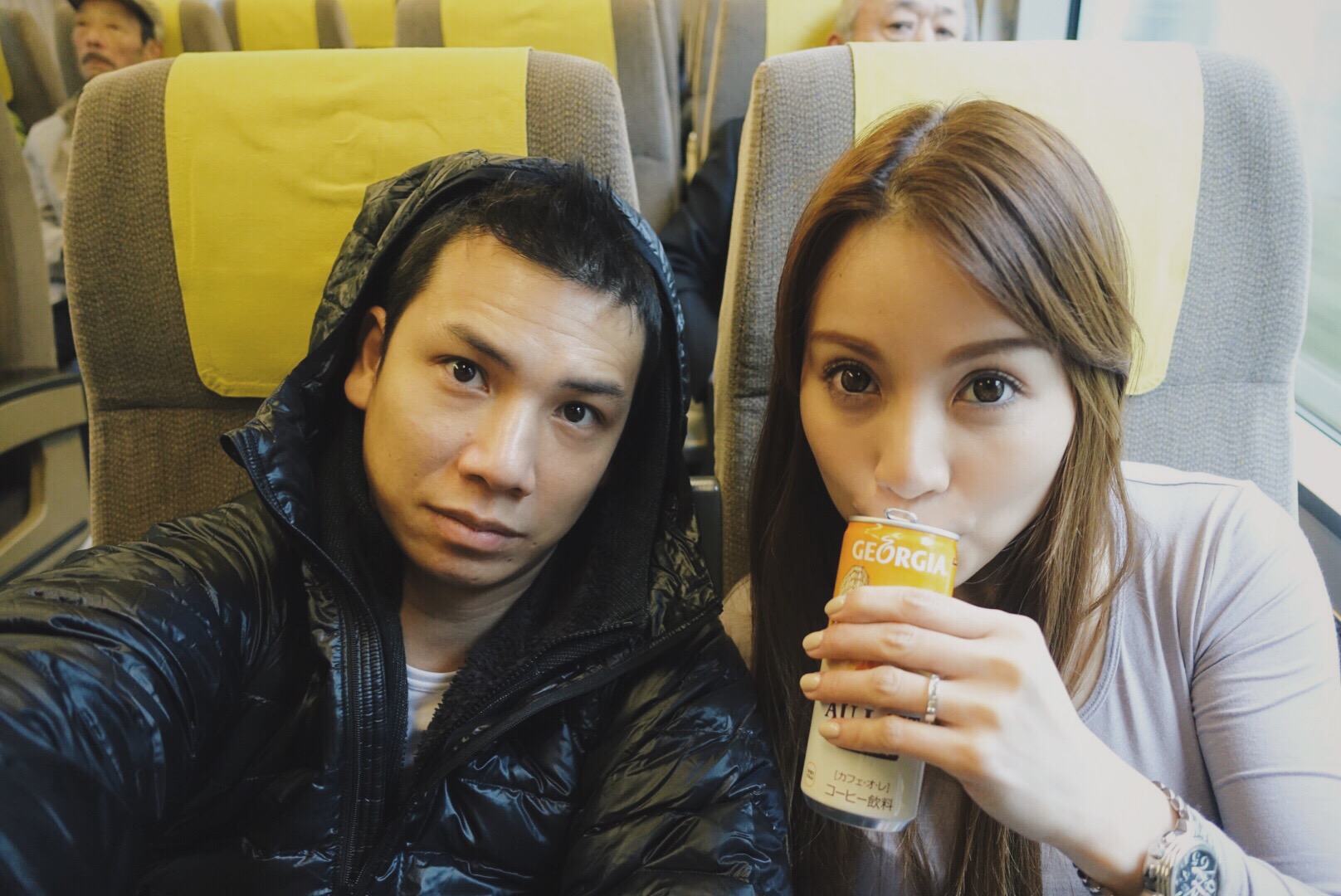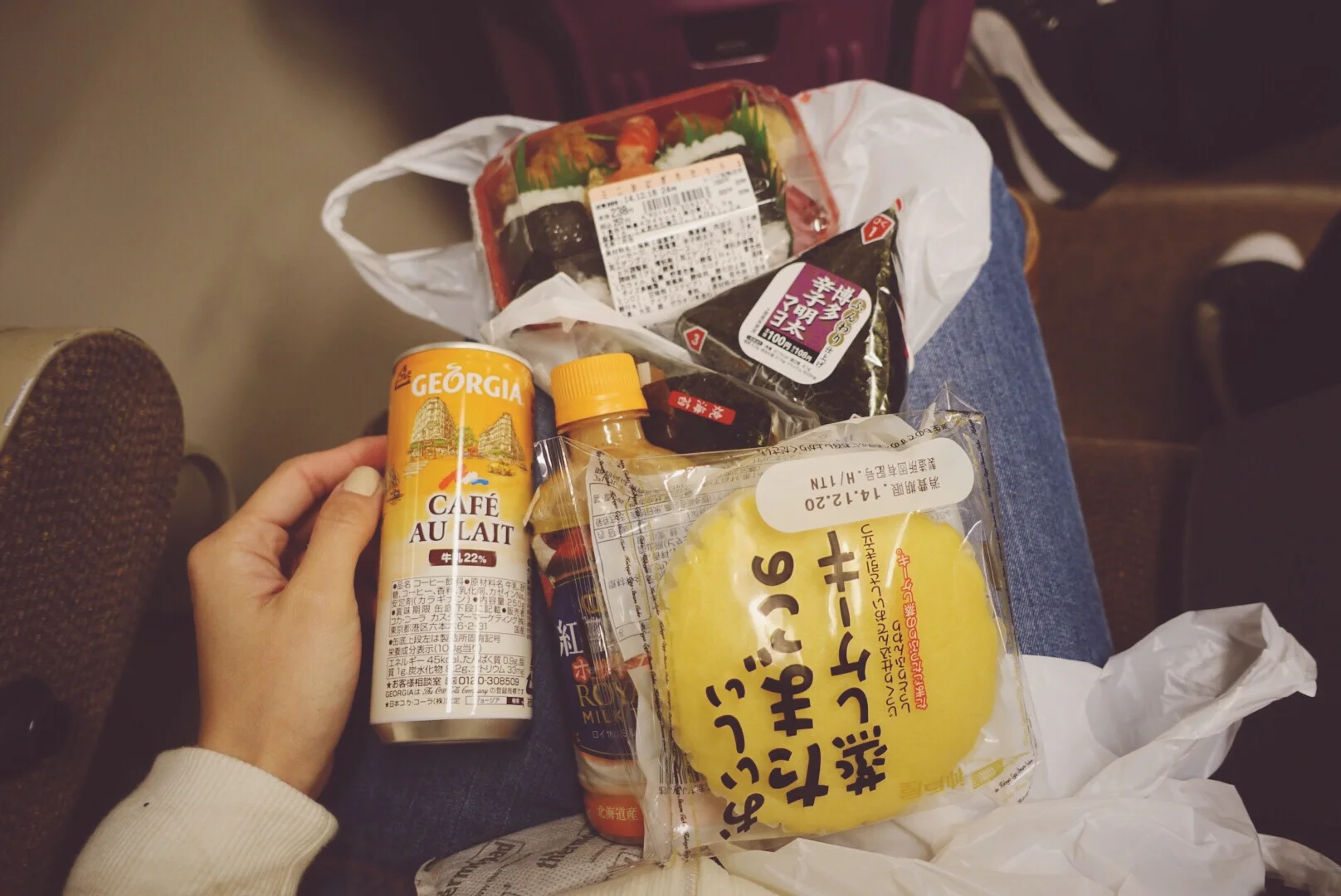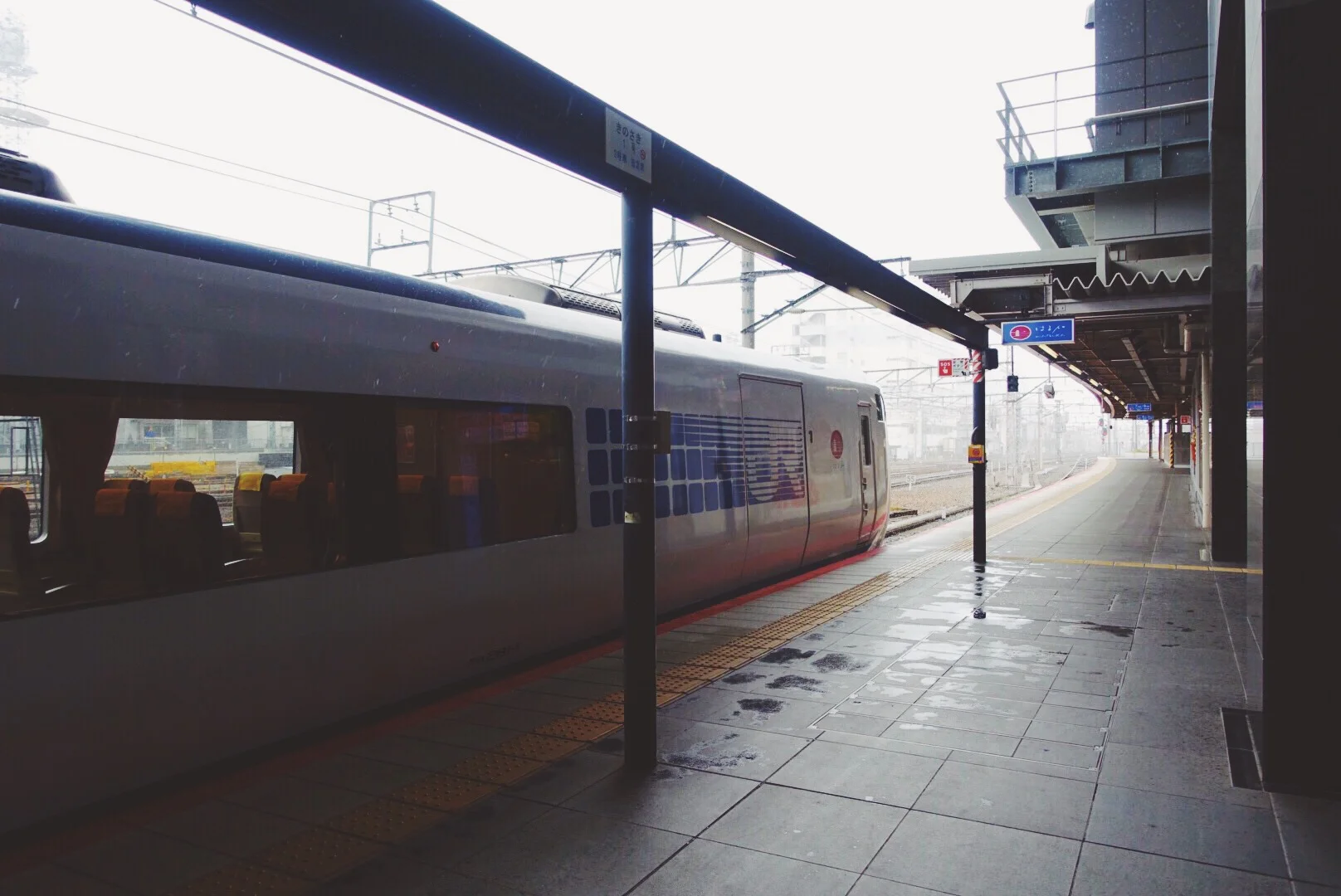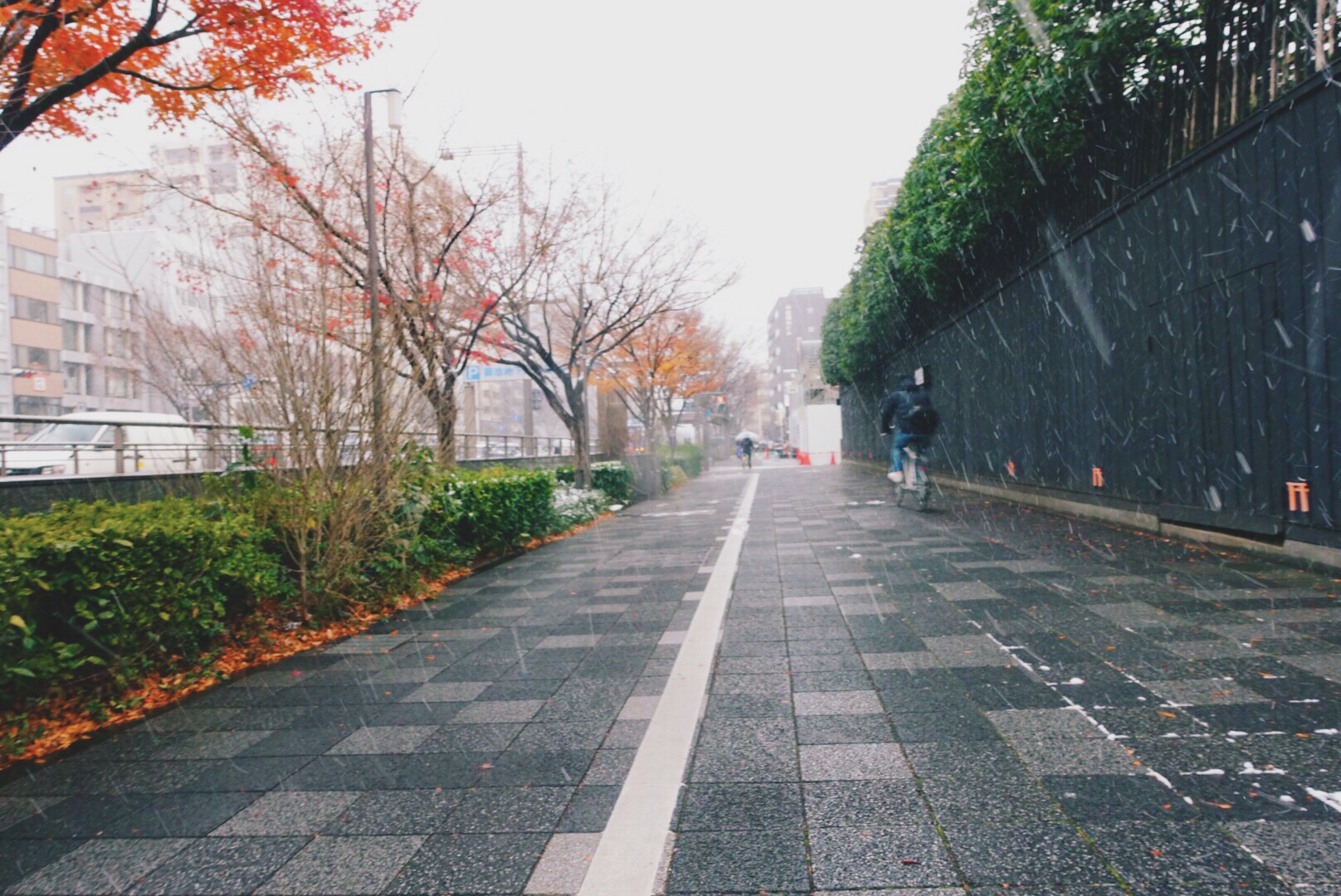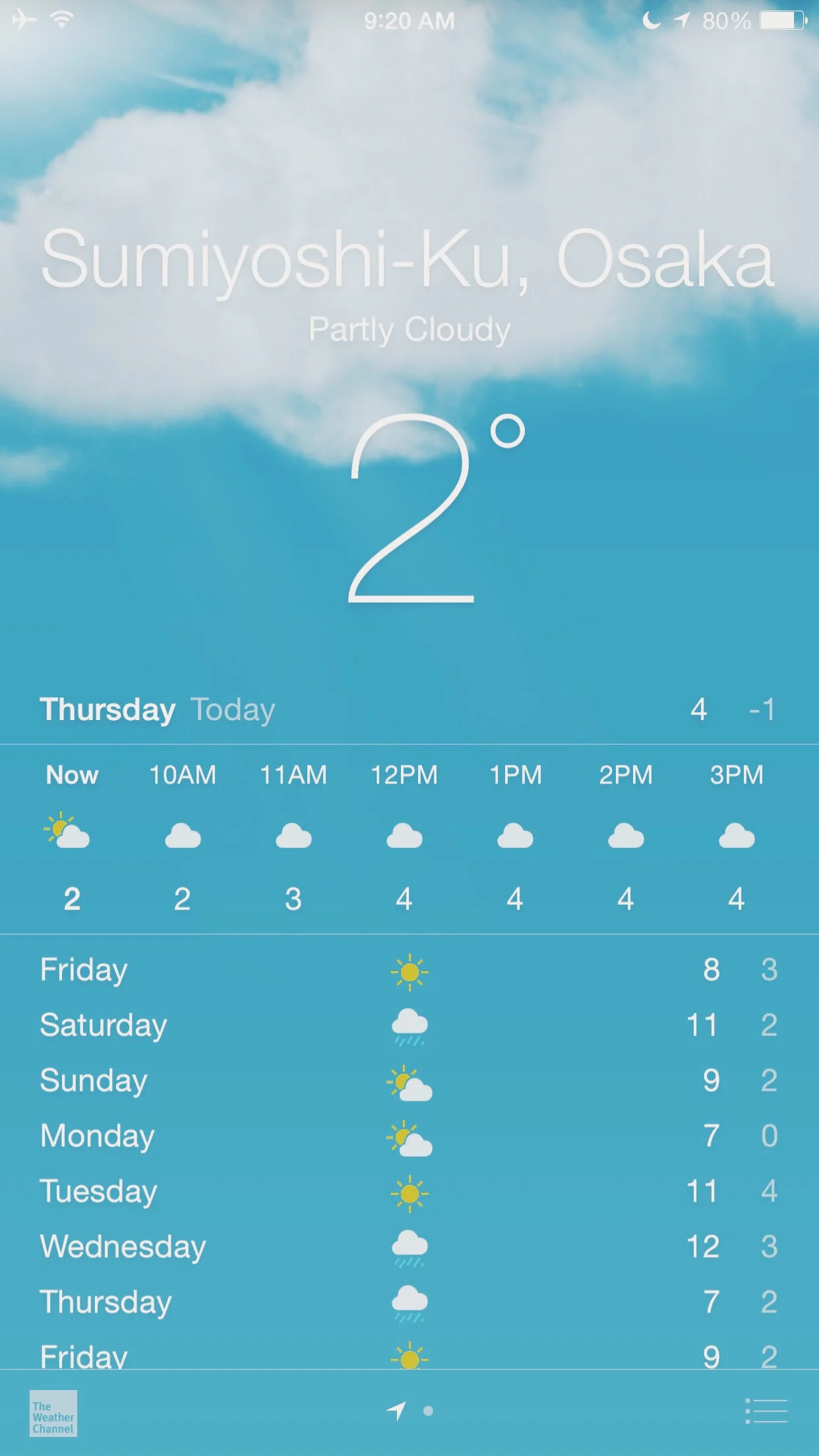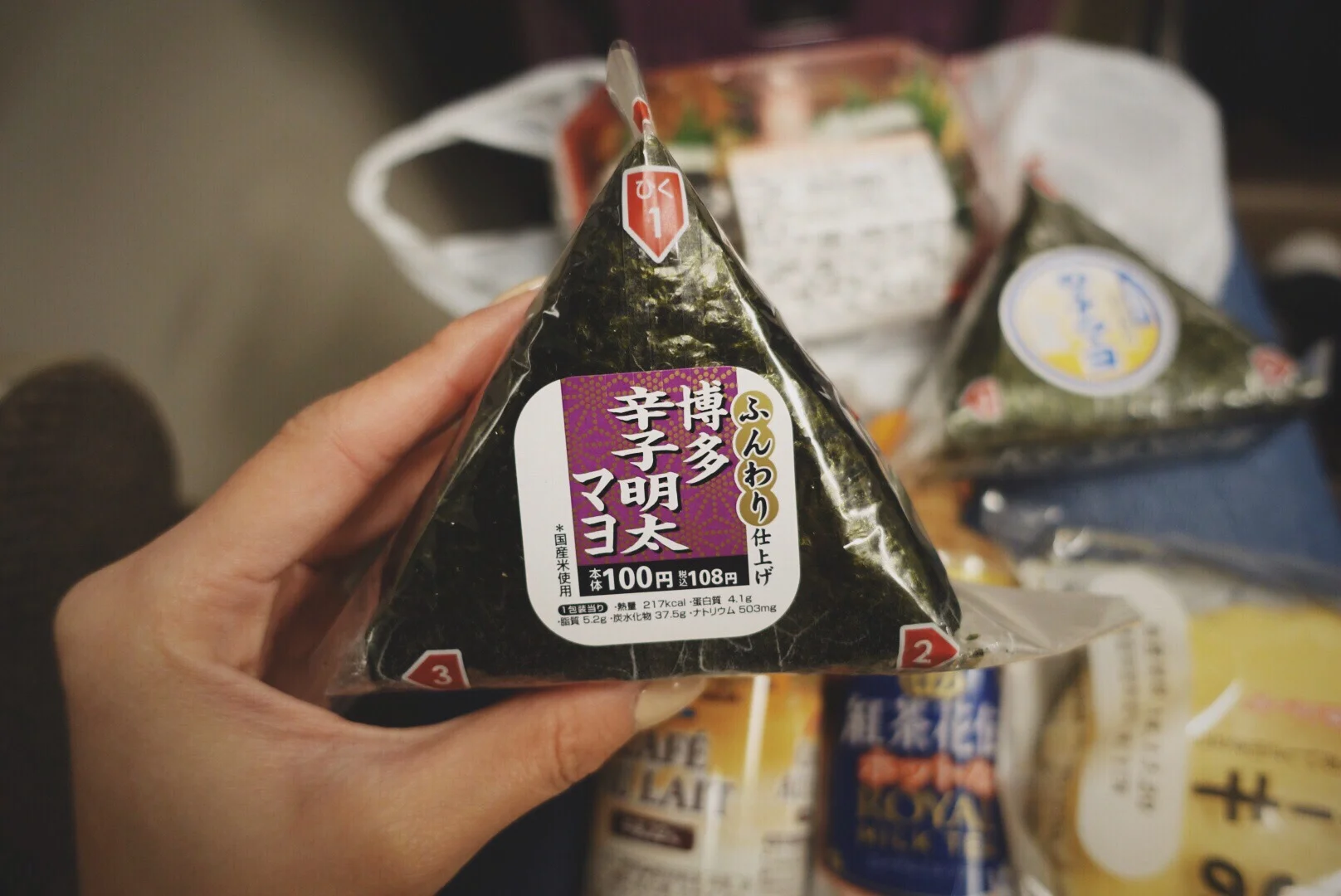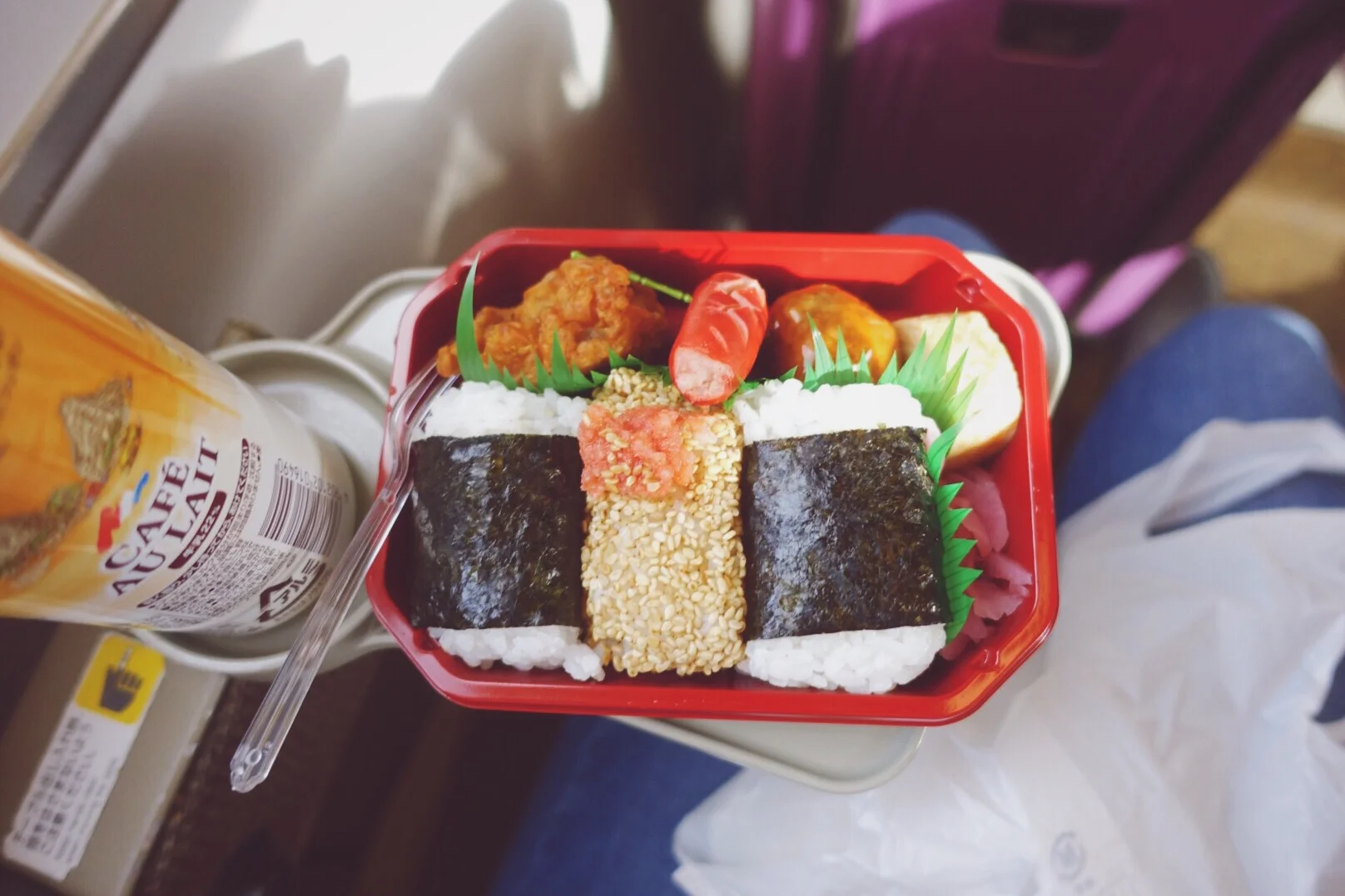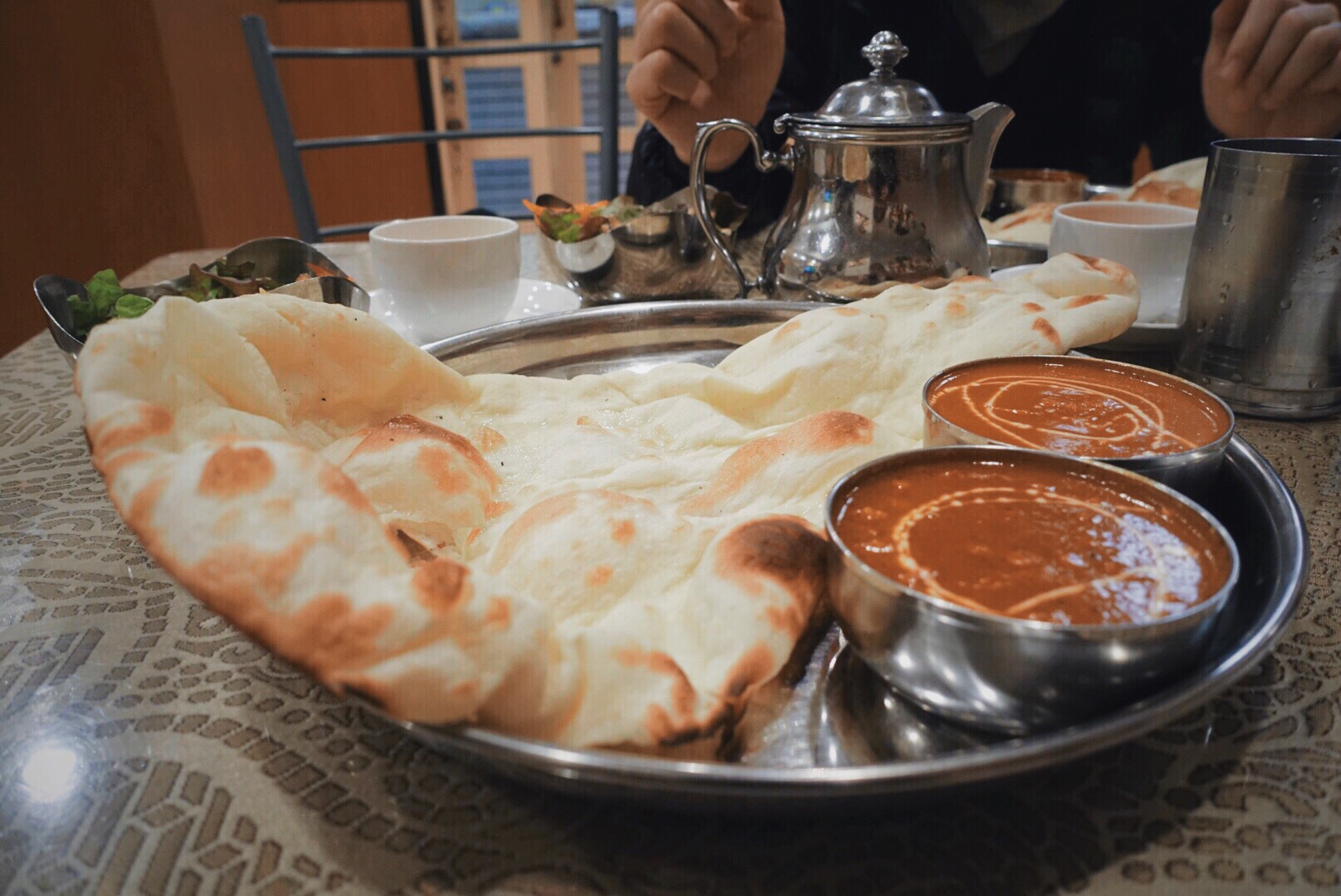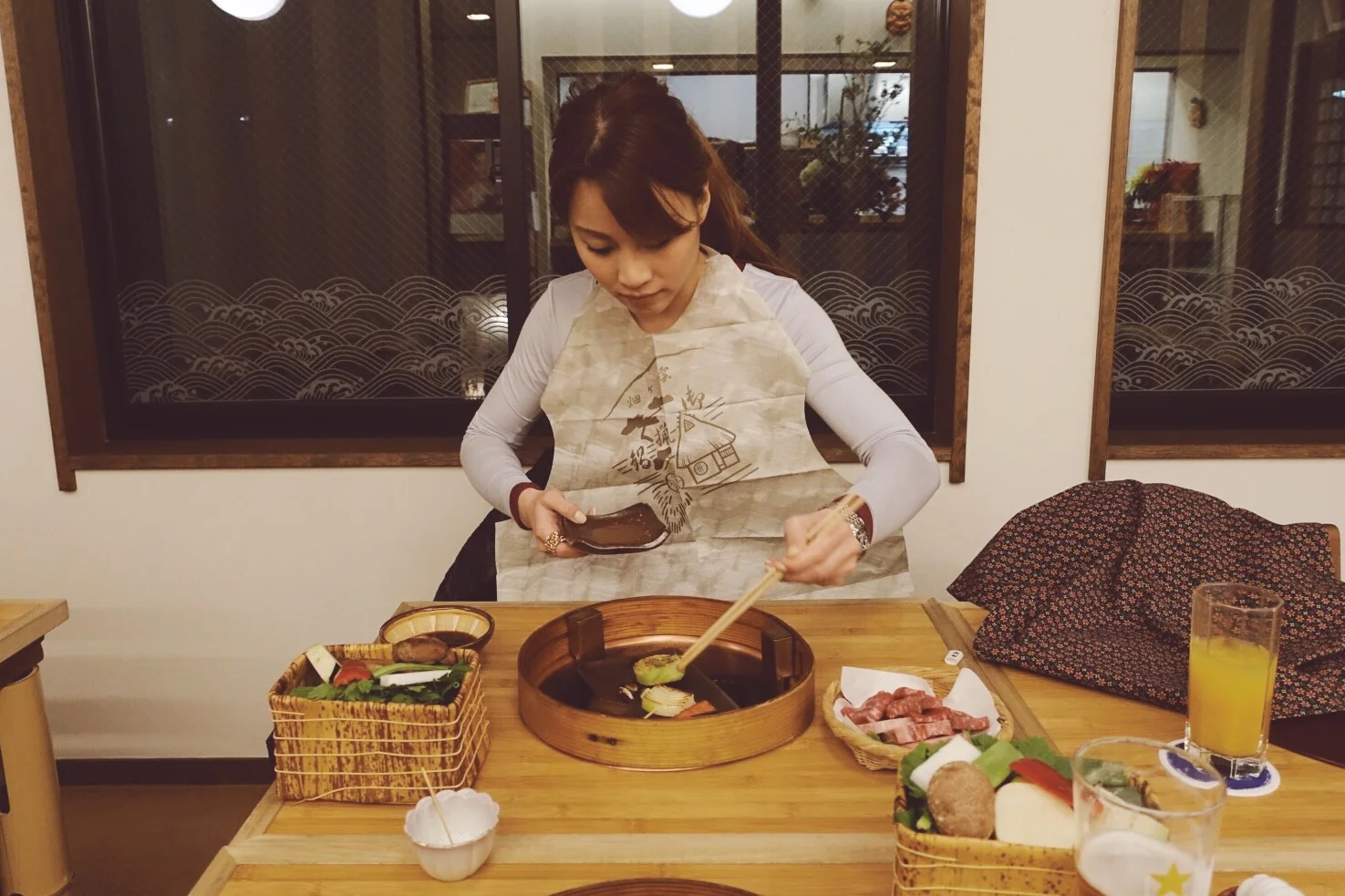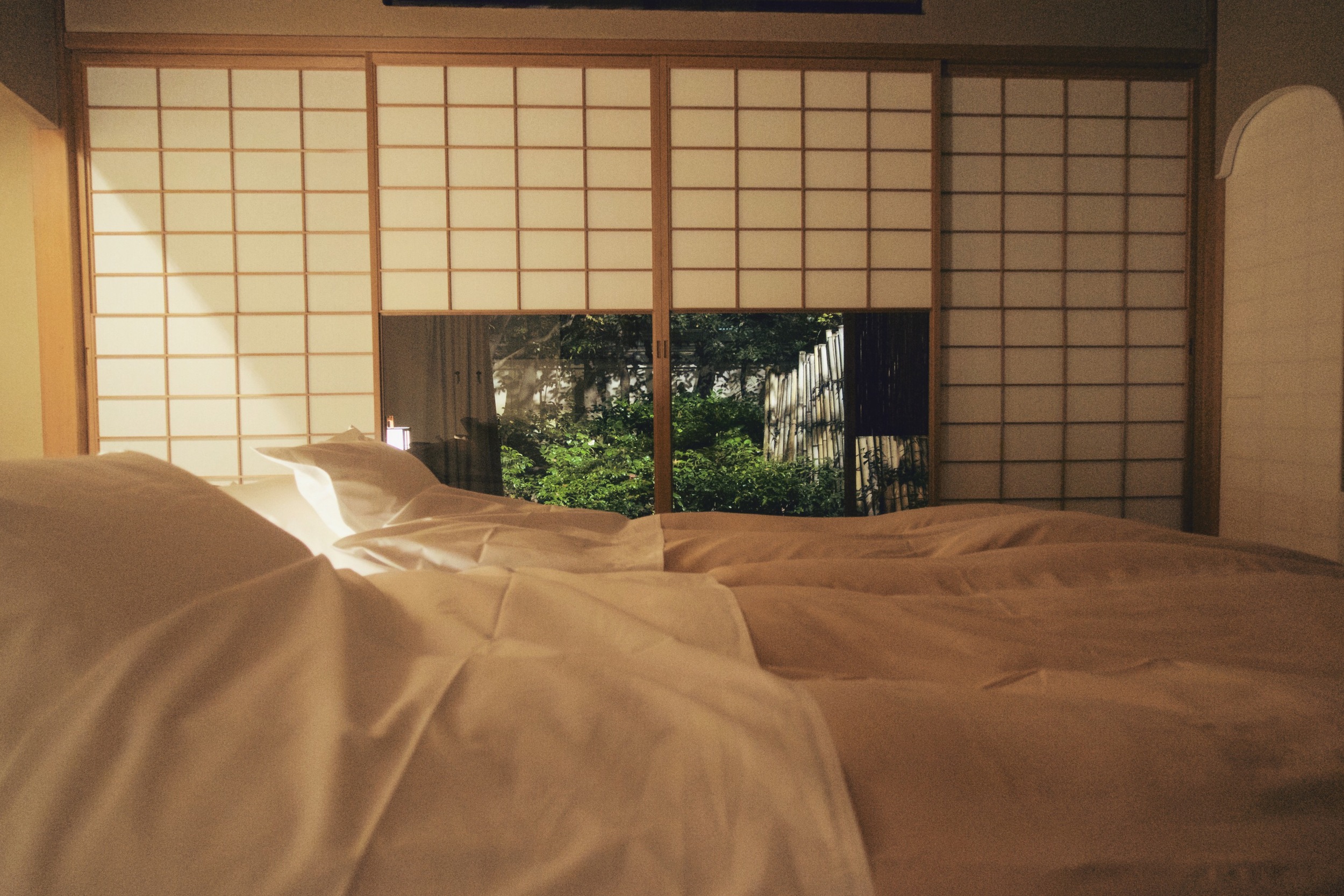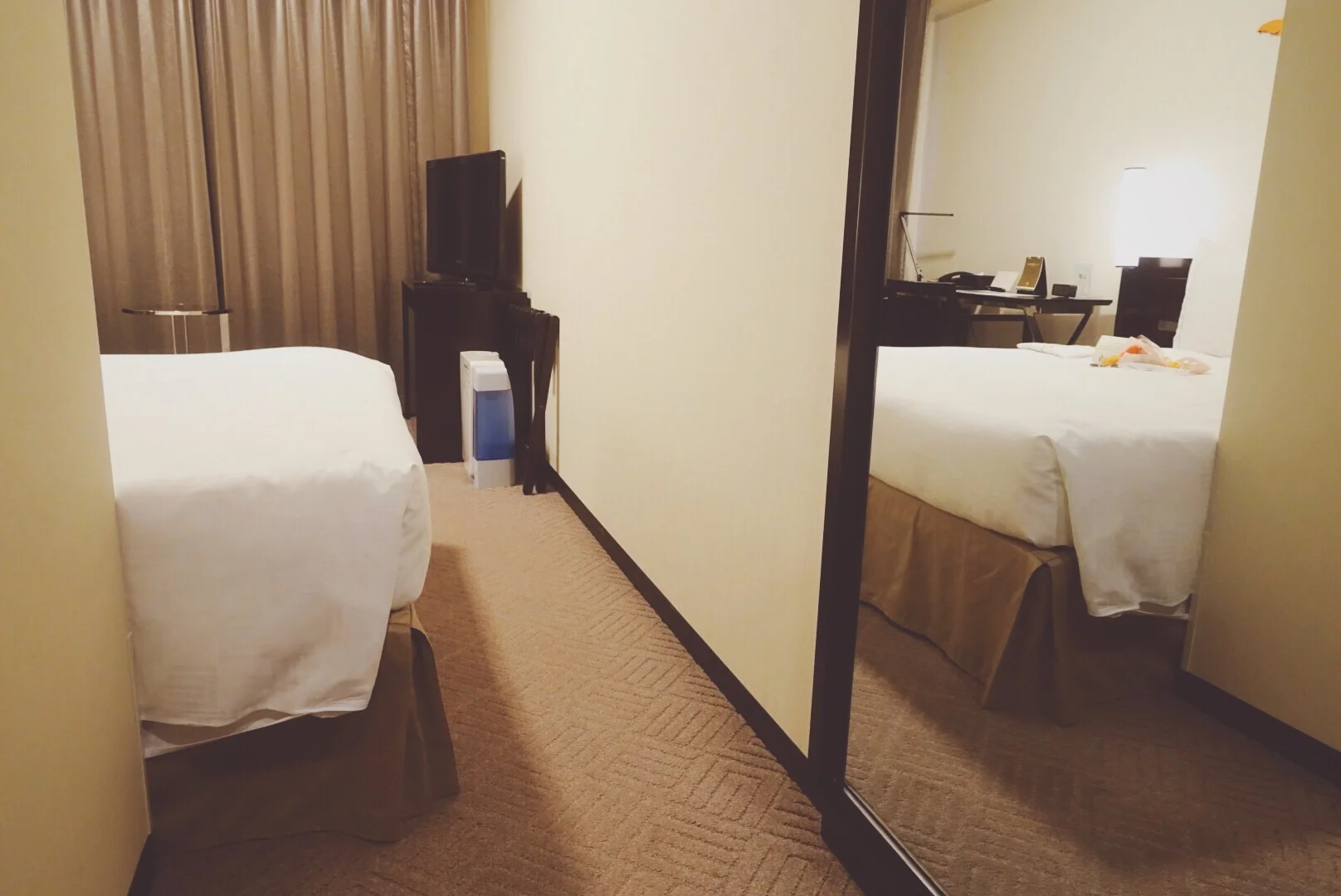“Kyoto is a city in the central part of the island of Honshū, Japan. It has a population close to 1.5 million. Formerly the imperial capital of Japan, Kyoto is considered to be the centre of Japan’s cultural life. With more than 1,600 Buddhist temples and 270 Shinto shrines, the city is one of the world’s greatest cultural treasures, and is listed as a UNESCO World Heritage Site. Despite functioning as a modern city today, in many ways it stands in contrast to the metropolis of Tokyo. ”
http://www.gojapango.com/
With the dip in travel fares following the MH370 and MH17 incidents, #babybaby and I managed to get an all-time-low rate on flights for our maiden trip to Kansai last December. The plan was to cover “the best of” Osaka and Kyoto at a comfortable pace so that we don’t end up needing a holiday from a holiday upon our return to Kuala Lumpur. :-D
Getting to Kyoto
Kyoto doesn’t have an international airport, so we flew in to Osaka’s Kansai International Airport (KIX) and took a 75-minute trainride from the airport to Kyoto (which was supposed to be the most efficient/cost effective way) on the JR Haruka Airport Express.
If you’re intending to do the same, I’d suggest the “ICOCA and Haruka discount ticket package” which you can purchase at the airport. On its own, a 1-way JR Haruka Airport Exptress train ticket from KIX to Kyoto would cost 2,980 yen (Non-reserved seat), but because we got the “ICOCA and Haruka discount ticket package”, we saved 1,730 yen.
How does it work?
Basically, the “ICOCA and Haruka discount ticket package” costs 3,030 yen and consists of:
- An ICOCA rechargeable card preloaded with a 500 yen refundable deposit + 1,500 yen credit (that you can use on all JR and private trains, buses, and subway in the Kansai area)
- One-way train ticket from KIX to Kyoto (on the JR Haruka Airport Exptress train)
You can top up the value of the card at most of the train stations in Kansai and get a refund on the unused balance of the card before you leave Japan. Just be aware that they will deduct 220 yen from the refundable amount, as a handling fee. You can get more information from their website: http://www.westjr.co.jp/global/en/travel-information/pass/icoca-haruka/
Unless you’re willing to spend at least USD$240 on a 1-way transfer to Kyoto, you may want to avoid the taxis altogether. Haha.
What to expect
If you’ve spent some time in Tokyo, you’ll find that comparatively, although public transportation is relatively efficient in Kyoto, getting around the outskirts of Kyoto (eg. Arashiyama area) may be a bit tricky if you don’t speak Japanese and you’re not familiar with the bus routes. Nevertheless, as long as you’re prepared to do some significant amount of walking and have constant internet connectivity to map yourself around, you’ll be okay. :-D
Mid-June to late July marks the rainy season in Kyoto while their summers are said to be hot and humid, so the best times to visit Kyoto are October-November (fall) and March-April (spring). When planning your trip, you may want to take note that most businesses are closed from December 29th to January 3rd for the shogatsu (New Year’s) holiday.
Budgeting for Kyoto
According to insidekyoto.com, Japan is the cheapest country to visit in the developed world, and you can be prepared to spend anything between Y7800 to Y16,500 per person.
http://www.chrisrowthorn.com/japan_prices.html
Sample Daily Kyoto Budgets (Per Person)
[Referenced from http://www.insidekyoto.com/first-time-in-kyoto]
1. ON A BUDGET
- Guesthouse accommodation (per person): Y3000
- Two simple restaurant meals: Y1800
- Public transport: Y1500
- One average temple admission: Y500
- Sundry purchases: Y1000
Total: Y7800
2. MID-RANGE
- Moderate hotel accommodation (per person/twin occupancy): Y7000
- Two moderate restaurant meals: Y4000
- Public transport plus one taxi ride: Y2500
- Two average temple admissions: Y1000
- Sundry purchases: Y2000
Total: Y16,500
Where to stay
“When it comes to accommodation, you’re spoiled for choice in Kyoto. You can choose from traditional ryokan (Japanese-style inns), luxury hotels, ‘business hotels’, guesthouses, youth hostels and even capsule hotels. And this being a tourist city, you’ll find that most places are perfectly at home with foreign guests.”
Being first-timers to Kyoto, we were really glad we picked downtown Kyoto as our base, given the convenience of the subway and train lines, food outlets and proximity to the main sightseeing areas. We went 2 extremes in terms of accommodation and opted to splurge on 1 fancy Ryokan and rough out the rest of our stay in a significantly smaller yet clean hotel room. Will share video reviews of the accommodation with you in the next few posts, but for now, here’s a map of Kyoto which may help with your bearings. :-D
Till the next post! Mwah!
http://www.insidekyoto.com/first-time-in-kyoto



